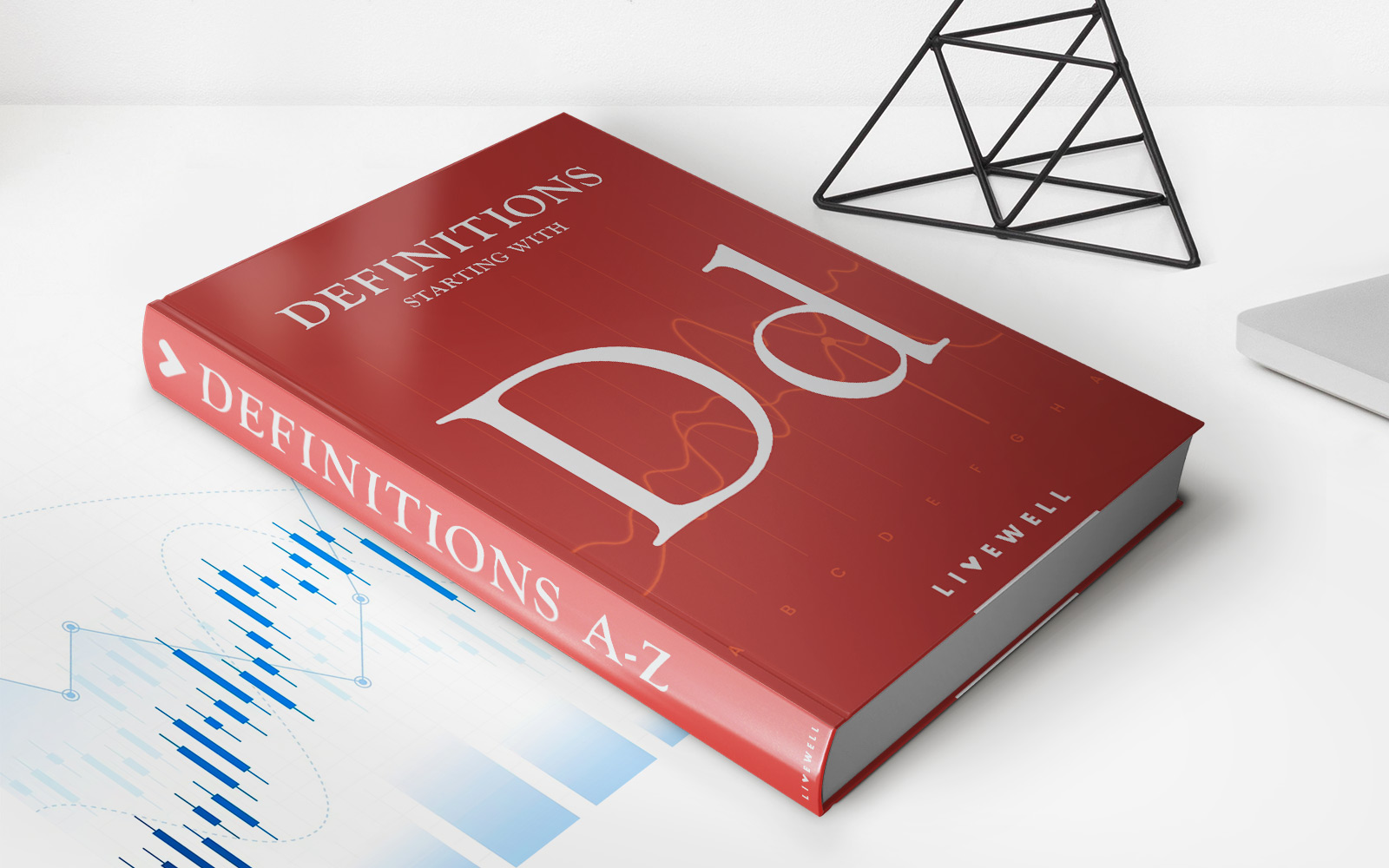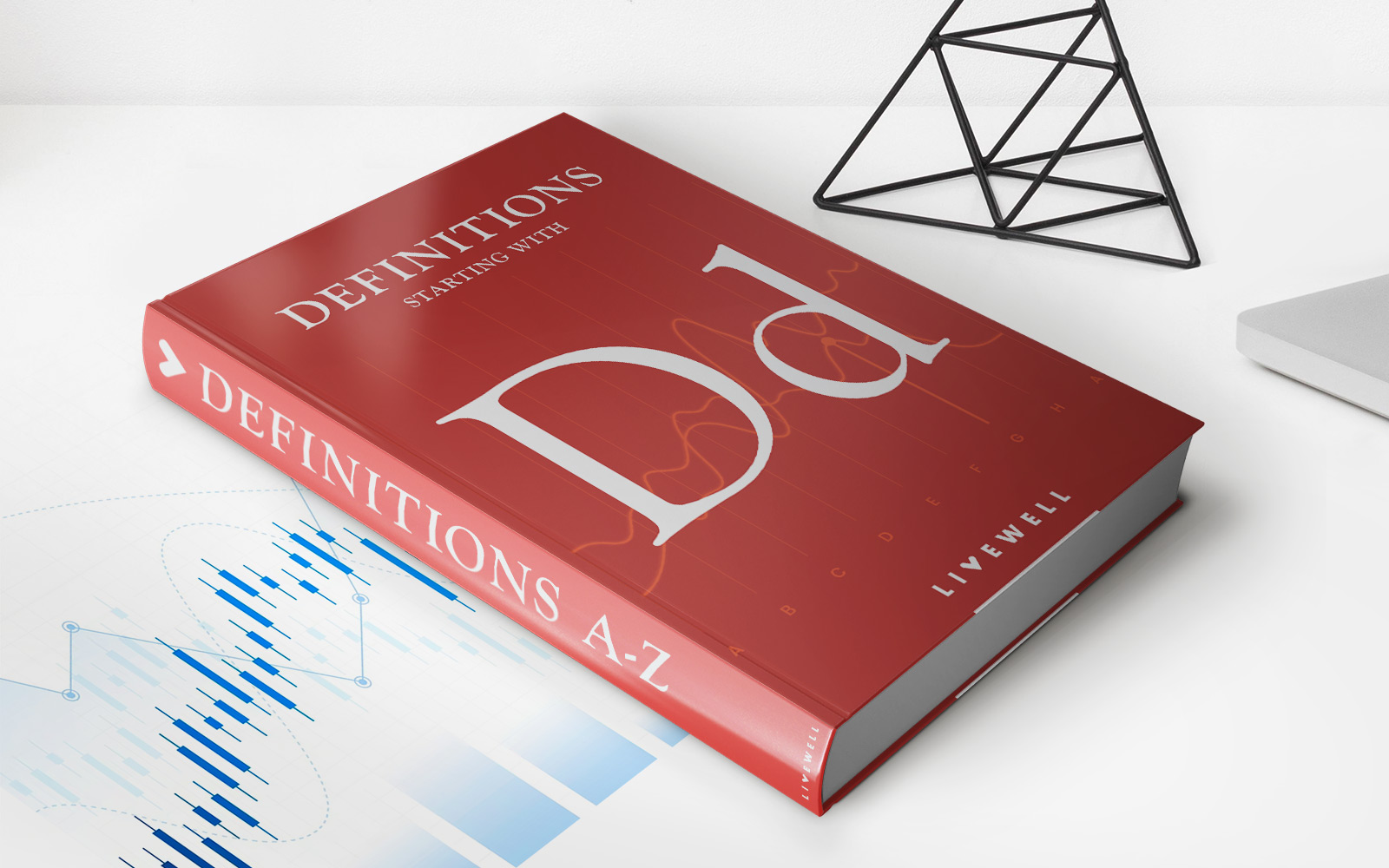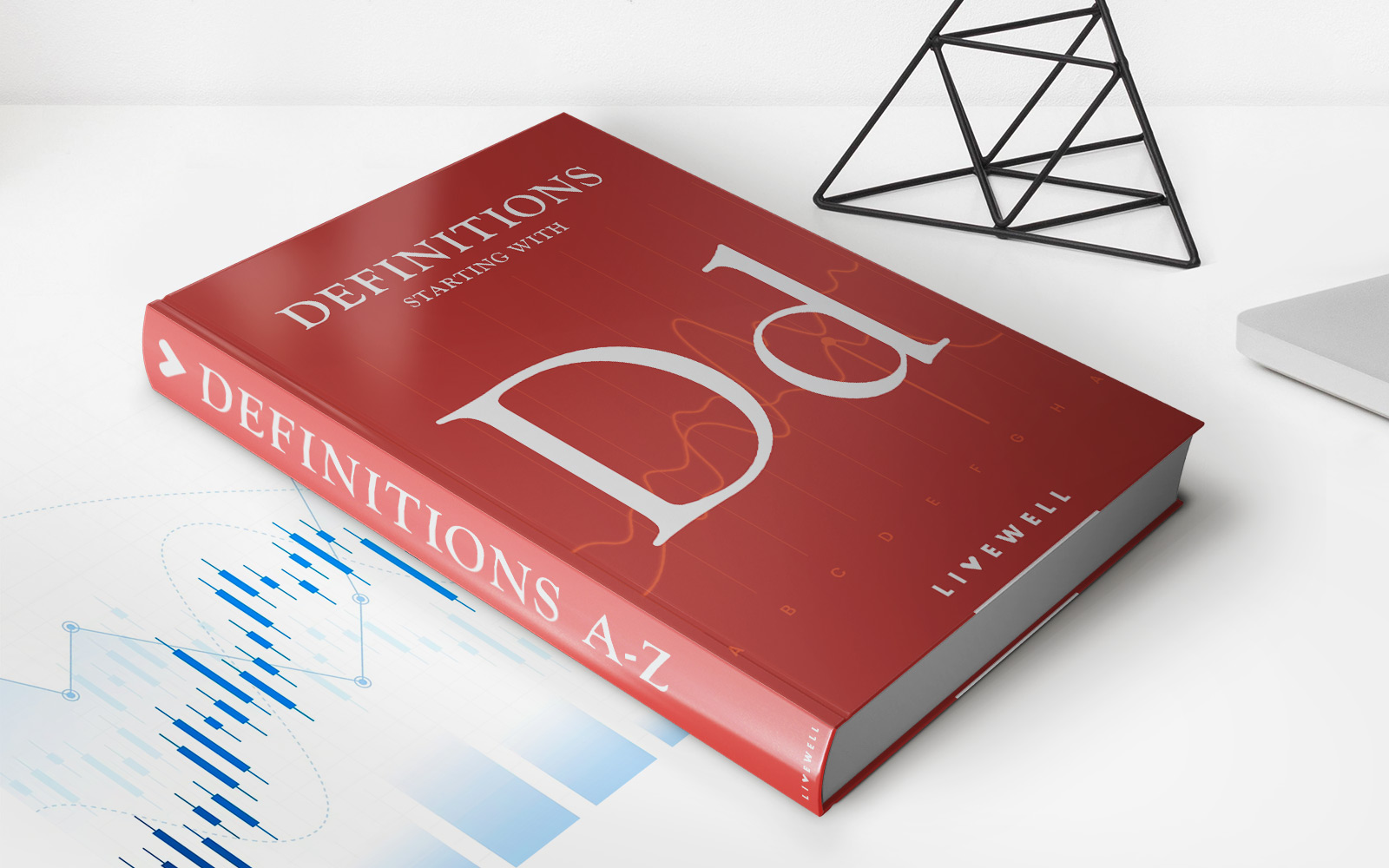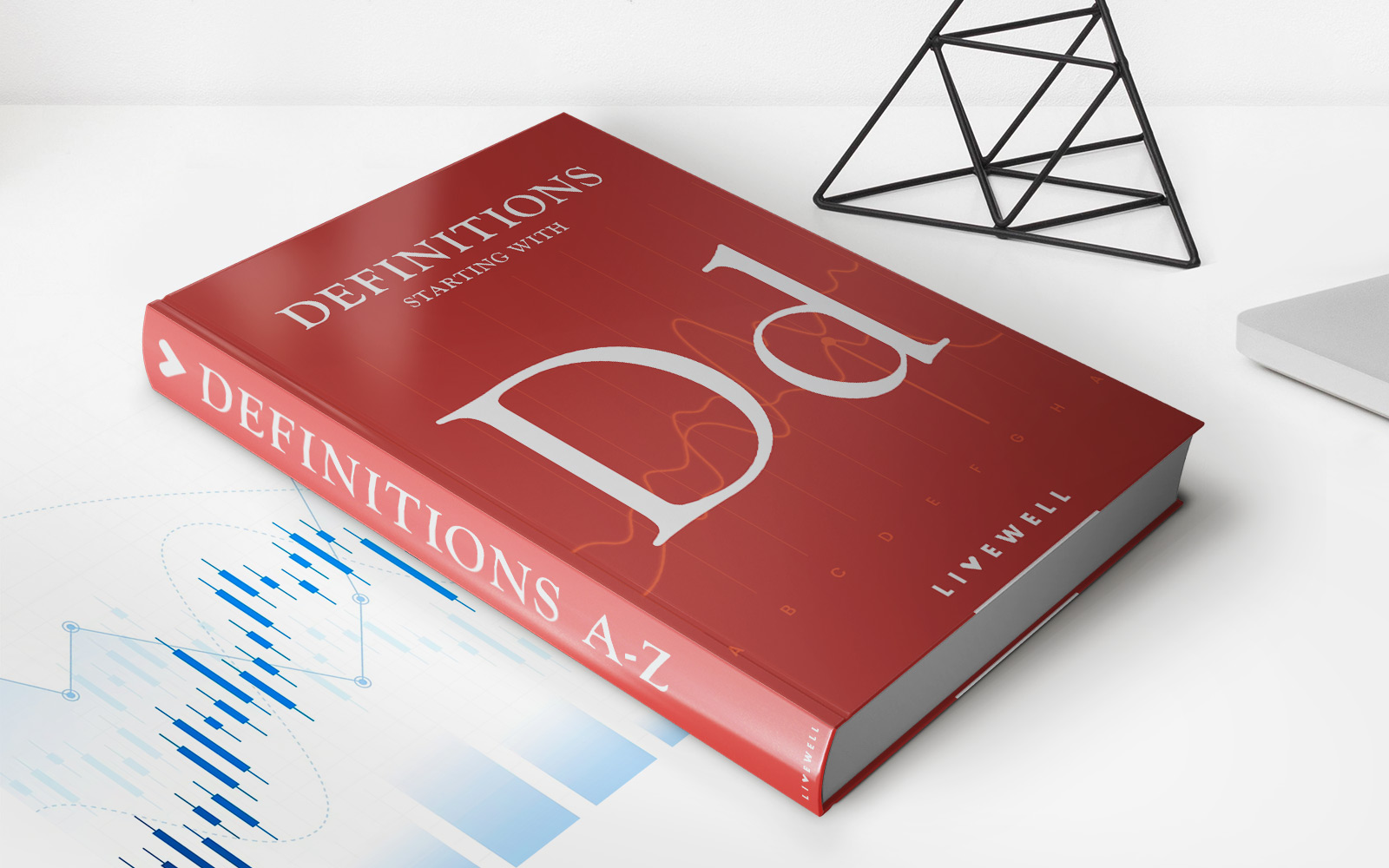Home>Finance>Distributed Ledger Technology (DLT): Definition And How It Works


Finance
Distributed Ledger Technology (DLT): Definition And How It Works
Published: November 12, 2023
Discover the power of Distributed Ledger Technology (DLT) in the world of finance. Learn what DLT is, how it works, and why it's shaping the future of financial transactions.
(Many of the links in this article redirect to a specific reviewed product. Your purchase of these products through affiliate links helps to generate commission for LiveWell, at no extra cost. Learn more)
Understanding Distributed Ledger Technology (DLT): Definition and How It Works
Welcome to our Finance blog category, where we strive to bring you insightful articles on various topics related to finance, investing, and technology. In this post, we will delve into the world of Distributed Ledger Technology (DLT), exploring its definition and how it works. So, grab a cup of coffee, sit back, and let’s dive into this fascinating subject that is revolutionizing the way we handle and store financial data.
Key Takeaways:
- Distributed Ledger Technology (DLT) is a decentralized system that enables multiple participants to maintain and update a single, synchronized data ledger.
- DLT eliminates the need for intermediaries and provides immutability, transparency, and enhanced security to financial transactions.
DLT, often used interchangeably with blockchain technology, is a concept that has gained significant attention in recent years. At its core, DLT is designed to provide a secure, transparent, and decentralized framework for recording and verifying transactions. It enables multiple participants, known as nodes, to maintain and update a single, synchronized data ledger, eliminating the need for a central authority or intermediary.
But how does Distributed Ledger Technology actually work?
The fundamental concept of DLT revolves around the notion of a distributed network of nodes, all of which have access to and maintain a copy of the ledger. When a new transaction is initiated, it is broadcasted across the network and verified by the nodes through a consensus mechanism. Once verified, the transaction is added to a block, which is then cryptographically linked to the previous block, creating a chain of blocks, commonly known as a blockchain.
DLT provides a range of benefits, including:
- Immutability: Once a transaction is recorded on the blockchain, it is nearly impossible to alter or tamper with it.
- Transparency: All participants have access to the same information, ensuring transparency in transactions.
- Enhanced Security: DLT utilizes advanced cryptographic algorithms to secure data, minimizing the risk of unauthorized access or fraud.
- Elimination of Intermediaries: By removing intermediaries, DLT reduces costs and increases the efficiency of transactions.
DLT has found applications beyond cryptocurrencies, revolutionizing industries such as supply chain management, healthcare, and even voting systems. It has the potential to streamline processes, enhance trust, and create new business models.
As finance professionals, it’s crucial to stay abreast of emerging technologies like Distributed Ledger Technology. It has the power to transform the financial landscape as we know it, introducing a new era of transparency, security, and efficiency.
In conclusion, Distributed Ledger Technology (DLT) is a decentralized system that enables multiple participants to maintain and update a single, synchronized data ledger. Through its innovative approach, DLT provides immutability, transparency, and enhanced security to financial transactions, while eliminating the need for intermediaries. As the world continues to embrace this technology, embracing its potential and understanding its implications can position individuals and businesses on the forefront of innovation.














